China and France are poised to enter a new era of energy cooperation, with a focus on the nuclear and offshore wind sectors, as both countries actively seek ways to enhance energy security and mitigate climate change, said industry experts.
With China's ambitious targets for carbon neutrality and France's expertise in renewable energy and nuclear power, the partnership between the two nations is poised to catalyze innovation and propel sustainable development initiatives, said Luo Zuoxian, head of intelligence and research at the Sinopec Economics and Development Research Institute.
In recent years, bilateral energy agreements between the two nations have gained momentum, spanning areas such as renewable energy investment, nuclear technology exchanges and joint research initiatives. This deepening cooperation underscores the shared commitment to address global energy challenges and the transition toward a low-carbon future, said Luo.
As geopolitical dynamics evolve and climate imperatives intensify, the China-France energy partnership has emerged as a beacon of cooperation in addressing pressing global challenges and redefining the landscape of international energy cooperation, he said.
Energy cooperation between China and France dates back to the establishment of the Daya Bay nuclear power plant project in Shenzhen, Guangdong province, in the 1980s.
The nuclear power industry in France, one of the first major Western countries to recognize the People's Republic of China, had been enjoying a golden age since the 1970s.
China entrusted France with the responsibility for building the plant and Electricite De France, or EDF, France's state-owned power utility company, undertook to ensure that the plant would be built, Herve Machenaud, former technical director of EDF from 1984 to 1989 on the construction of China's first nuclear power plant, was quoted as saying by Xinhua News Agency.
"EDF put its trust in China, and China put its trust in EDF, a contract of trust that has kept the parties together for 40 years," he said.
The Daya Bay nuclear power plant went into commercial operation in 1995. EDF and its Chinese partner, China General Nuclear Power Group, then launched another project nearby, the Ling Ao nuclear power plant, which began commercial operations in 2002.
In 2008, the two partners set up a joint venture to construct and operate two nuclear reactors based on European Pressurized Reactor technology in Taishan, Guangdong.
Currently, energy cooperation between China and France not only encompasses traditional fields such as oil and gas, but also extends to emerging areas including nuclear and renewable energy, energy storage and electric vehicles.
China Energy Investment Corp signed an agreement with EDF last year to construct an offshore green hydrogen facility for energy storage in Jiangsu province, which will have a total installed capacity of 1.5 gigawatts. The two parties will also expand their cooperation to cover an offshore wind, solar power, hydrogen and energy storage pilot project in the province.
An analyst said the cooperation, holding immense potential not only for expanding renewable energy capacity but also for fostering technological exchanges and driving down costs, will ultimately benefit both nations and the broader international community while furthering EDF's lower carbon energy initiatives in China.
Cooperation between China and France in offshore wind projects signifies a strategic convergence of expertise and resources, with both nations poised to leverage their respective strengths in technology and investment to drive sustainable energy development.
Zhu Yicong, senior analyst in the fields of renewables and power research with global consultancy Rystad Energy, said, "China has been quite cautious in selecting foreign developers for offshore wind projects, due to the consideration of energy security as well as oceanic data security."
"French power company EDF was the first foreign entity to co-invest in offshore wind projects in China and the cooperation, which expanded in scale last year, has proven successful," she said.
"The cooperation between China Energy and EDF further strengthened the two giants' advantages in the offshore wind market, and has also increased the potential for exploring other markets outside China."
Zhu said that offshore wind development plays a crucial role in China's energy transition, as it has the advantages of higher resource availability and higher generation efficiency, and remains closer to the coastal area power demand centers compared to large-scale onshore wind and solar projects. "Offshore wind projects also have the potential to reduce carbon emissions for other oceanic operations, such as providing green power for offshore oil and gas exploration and production, and we have already seen such projects operating in China," she said.












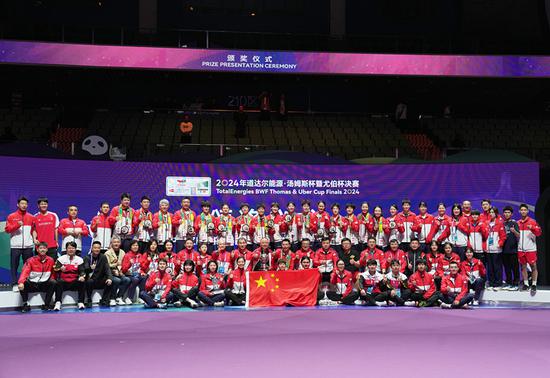


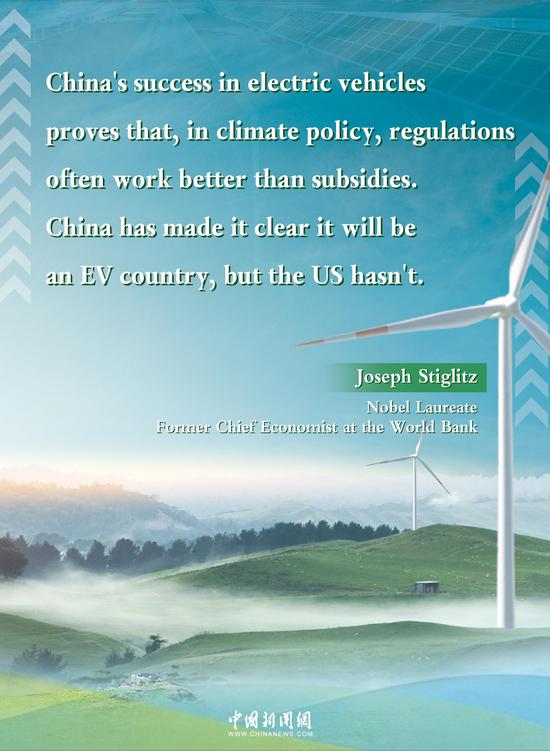






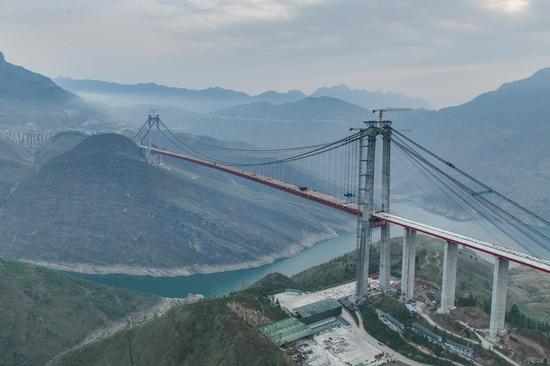


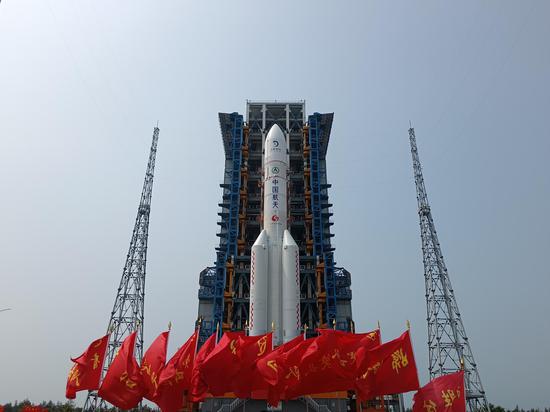





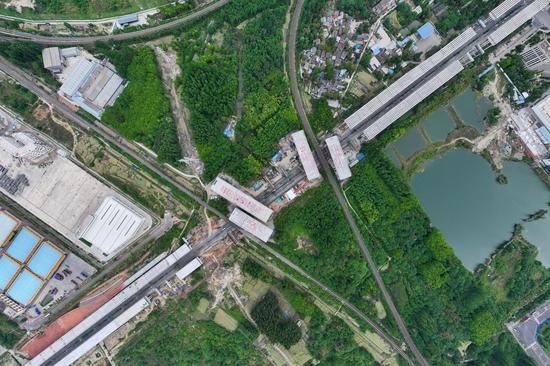





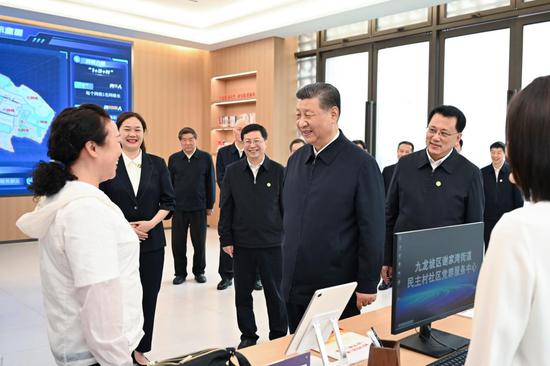












 京公网安备 11010202009201号
京公网安备 11010202009201号